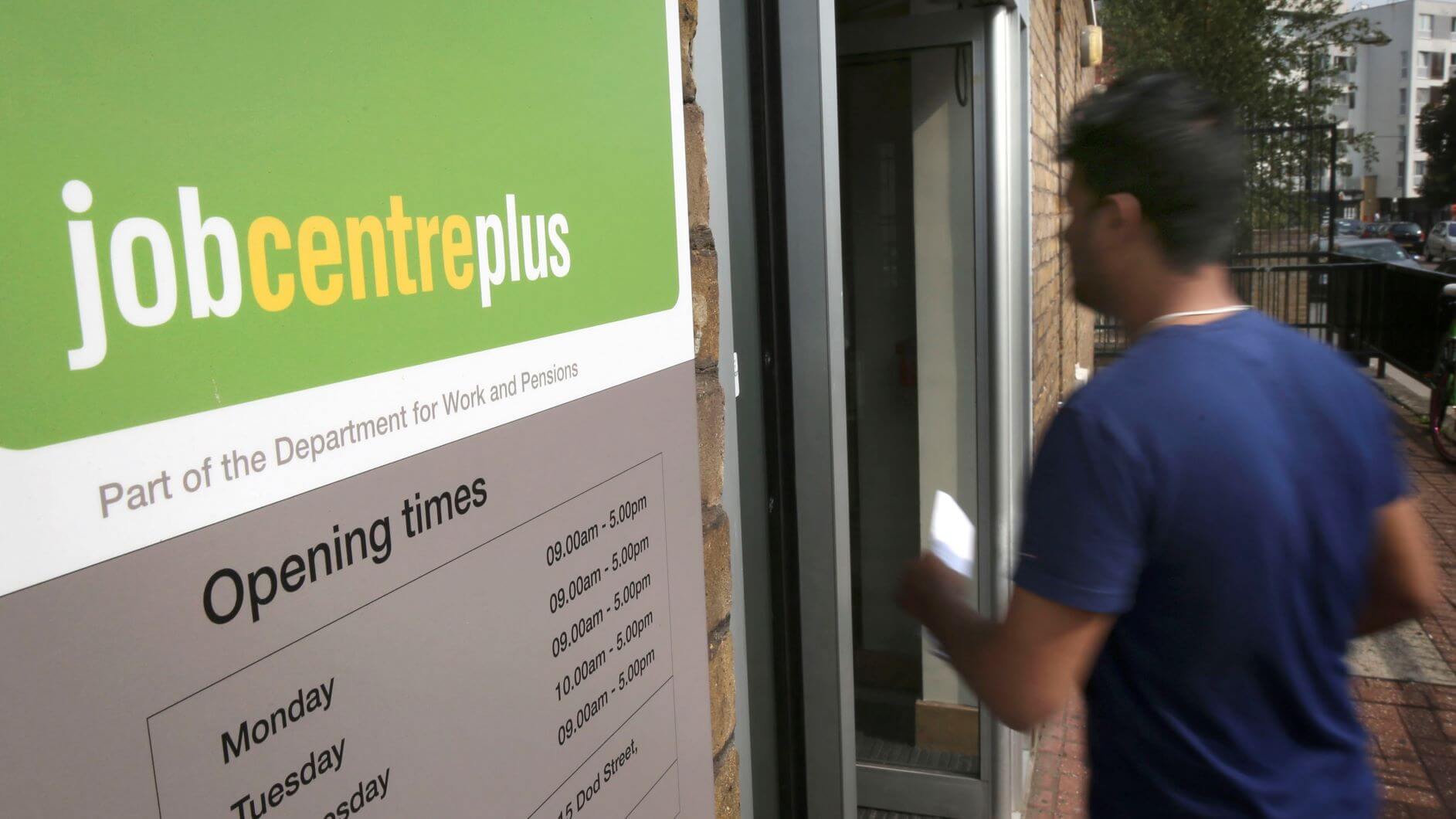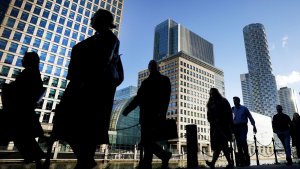
Britain's unemployment rate fell to its lowest since 1974 at 3.5% in the three months to August, but the drop was driven by a record jump in the number of people leaving the labour market, adding to the Bank of England's headaches.
The number of people classed as inactive - neither in work nor looking for it - rose by 252,000 from the three months to May, the biggest such increase since records began in 1971, the Office for National Statistics said.
The BoE, which is also trying to stem financial market turmoil triggered by new Prime Minister Liz Truss's unfunded tax cuts and her pledges to end the economic "orthodoxy", is worried that the shrinking labour market will fuel inflation pressures.
"While there were tentative signs that the labour market is cooling from the red-hot conditions seen in recent months, the shortfall in labour supply is keeping it exceptionally tight," Ruth Gregory, an economist at Capital Economics, said.
"That will maintain intense pressure on the Bank of England to raise rates aggressively over the coming months."
The BoE has raised interest rates from 0.1% last December to their current level of 2.25%.
Investors are betting heavily on a full percentage-point increase in its next policy announcement on Nov. 3 as it moves to offset the inflationary implications of the tax cuts announced by finance minister Kwasi Kwarteng last month.
The ONS said there had been a spike in employment and a fall in inactivity in the three months to May which might, at least in part, explain some of the big change in the three months to August.
The 0.6 percentage points increase in the inactivity rate to 21.7% in the period was the biggest on record alongside the increase between March and May 2020 when the coronavirus pandemic hit Europe, the ONS said.
Economists polled by Reuters had expected the jobless rate to remain at 3.6%.
The number of people in employment fell by 109,000 in the June-August period, less than a median forecast for a 155,000 drop in the Reuters poll.
Wages excluding bonuses rose by 5.4%, their highest growth rate since the three months to August 2021. The Reuters poll had pointed to a slightly smaller increase of 5.3%.
Including bonuses, wages rose by 6.0%, a bit stronger than the poll forecast of 5.9%.
But wages are rising by far less than inflation which came in at nearly 10% in the most recent data.
The number of job vacancies in the July-to-September period fell to 1.246 million, its lowest since late 2021 but still high by historical standards, underscoring the problems facing many employers struggling to fill their empty roles.
"The labour market remains extraordinarily tight with, for the first time ever, more vacancies in the economy than the number of people looking for work," Kitty Ussher, chief economist at the Institute of Directors, said.
"Combined with such a low rate of unemployment and pay rises edging upwards, we see no reason why the Bank of England would pause its upward march of interest rate rises when it meets in early November."
(Reporting by William Schomberg; Editing by Andy Bruce and Raissa Kasolowsky)
Thanks for signing up to Minutehack alerts.
Brilliant editorials heading your way soon.
Okay, Thanks!

